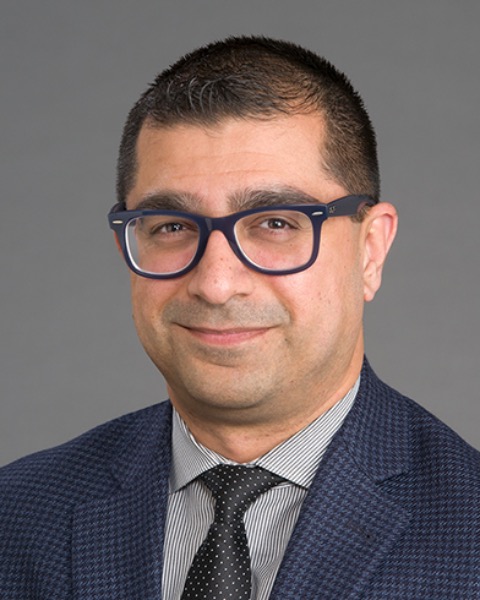Early- Versus Late-Onset Septic Shock: Does It Really Matter?
-
.jpg)
Ryota Sato, MD
Staff Intensivist
The Queens Medical Center
Honolulu, HawaiiDisclosure information not submitted.
-

Ashish Khanna, MD, FCCP, FASA,FCCM
Anesthesiologist & Intensivist, Associate Professor of Anesthesiology
Wake Forest Baptist Medical Center
Winston Salem, North CarolinaDisclosure information not submitted.
-

-
AD
Abhijit Duggal, MD, MPH, MSc, FACP
Assistant Professor
Cleveland Clinic Foundation, United StatesDisclosure information not submitted.
-

Siddharth Dugar, MD, FCCM
Associate Staff
Cleveland Clinic Foundation
Cleveland, OhioDisclosure information not submitted.
First Author(s)
Co-Author(s)
Title: Early- vs. Late- Onset Septic Shock - Does it really matter?
Introduction: It has not yet been established whether the timing of shock-onset affects the mortality in septic patients. Therefore, the aim of this study was to evaluate the impact of the timing of shock-onset on in-hospital mortality among patients with septic shock.
Methods: This single-center, retrospective cohort study included patients with septic shock admitted to the medical intensive care unit (ICU) at a quaternary center from 01/01/2011 to 12/31/2020. A multivariate logistic regression model was developed to assess if the time from hospital admission to onset of shock (initiation of vasopressors) was associated with higher in-hospital mortality. Early-onset and late-onset septic shock were defined as vasopressor support within 7 days and more than 7 days from hospital admission, respectively. The primary outcome was in-hospital mortality. The secondary outcome was ICU mortality.
RESULT: A total of 3,508 patients with septic shock (2,821 early-onset and 687 late-onset septic shock) were included. In patients with late-onset septic shock, patients were younger [median (years): 62 vs. 63, p< 0.01], and more inclined to have malignancy (34.1% vs. 22.3%, p< 0.01) and immunosuppression (39.6% vs. 26.7%, p< 0.01). The overall in-hospital mortality was 40.6% (early-onset: 37.4%, and late-onset: 53.7%). After controlling for baseline characteristics, past medical history, and vasopressor requirements within the first 24 hours of septic shock, late-onset septic shock, compared to early-onset septic shock, was associated with significantly higher in-hospital mortality [odds ratio (OR): 2.22, 95% confidence interval (CI): 1.72 – 2.85, p < 0.01]. Late-onset septic shock was also associated with higher ICU-mortality (OR: 1.31, 95%CI: 1.00 – 1.71, p=0.05).
Conclusion: In this study, late-onset septic shock ( > 7days) after hospital admission was associated with a significantly higher in-hospital mortality compared to early-onset septic shock. This finding raises the need for a better understanding of the difference in the pathophysiology, diagnostic criteria, and necessary therapeutic interventions between early-onset septic shock and late-onset septic shock.
